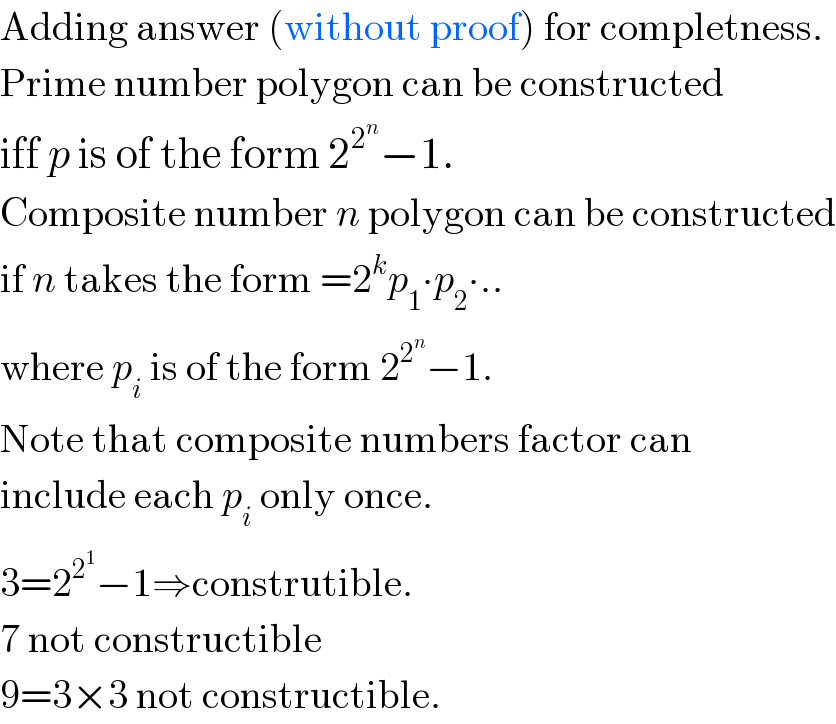
Question and Answers Forum
Question Number 3519 by Rasheed Soomro last updated on 14/Dec/15
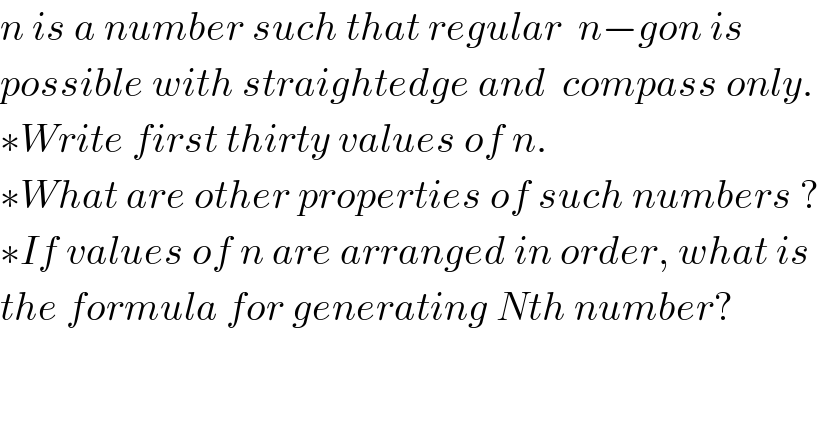
Commented by prakash jain last updated on 14/Dec/15

Commented by prakash jain last updated on 14/Dec/15
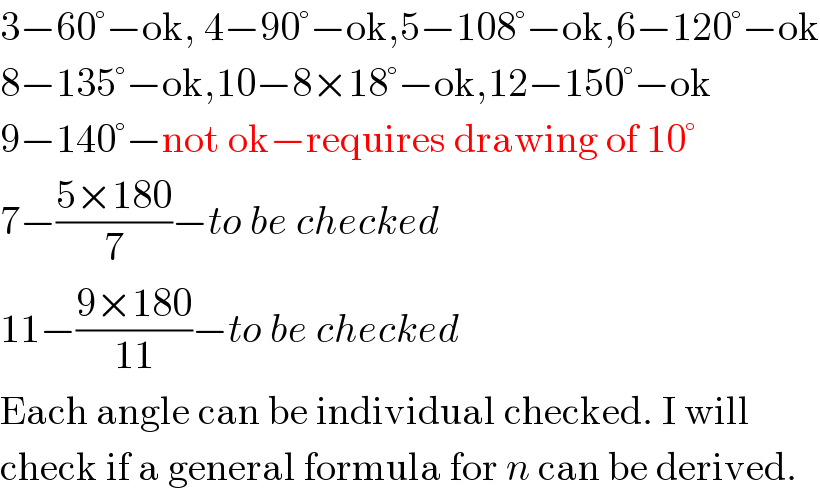
Commented by prakash jain last updated on 14/Dec/15
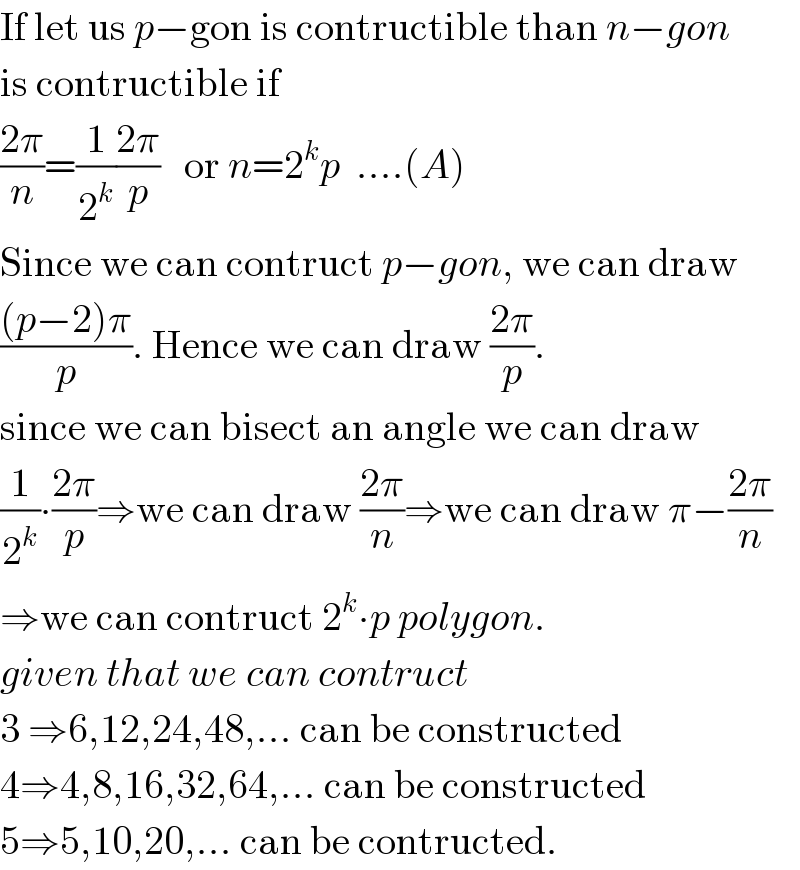
Commented by prakash jain last updated on 14/Dec/15
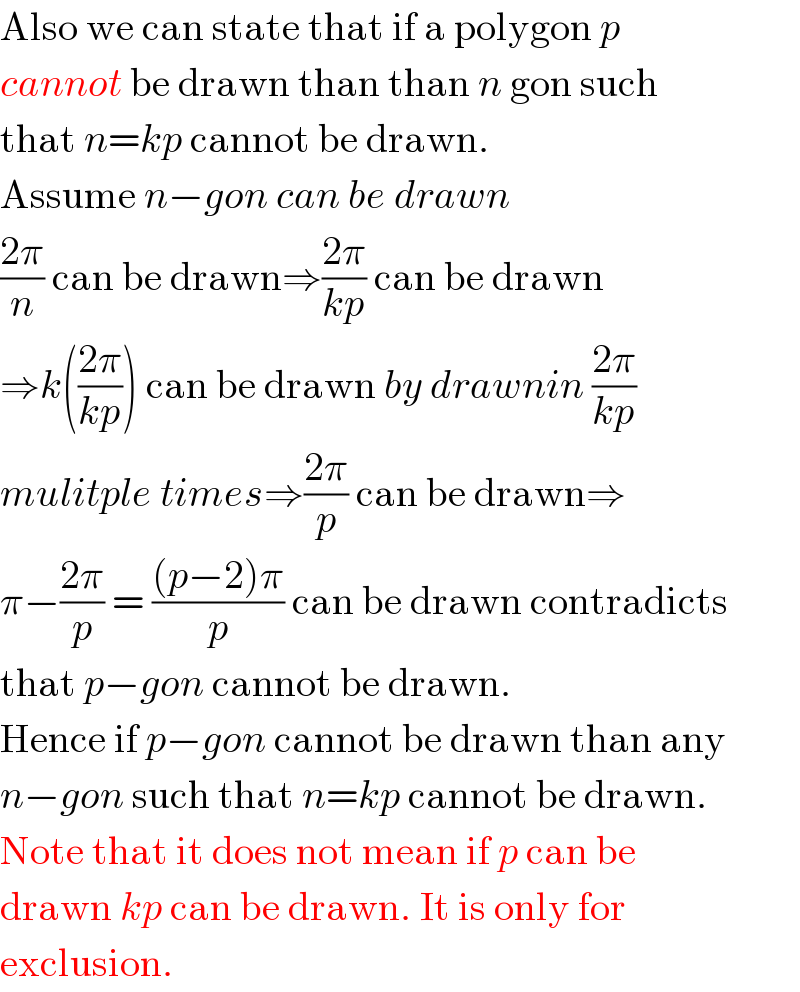
Commented by Rasheed Soomro last updated on 14/Dec/15

Answered by prakash jain last updated on 14/Dec/15
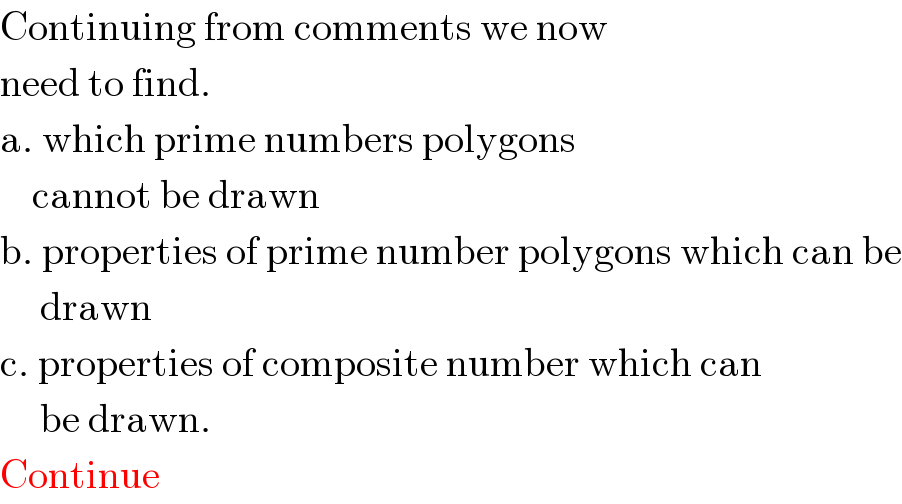
Commented by prakash jain last updated on 15/Dec/15
